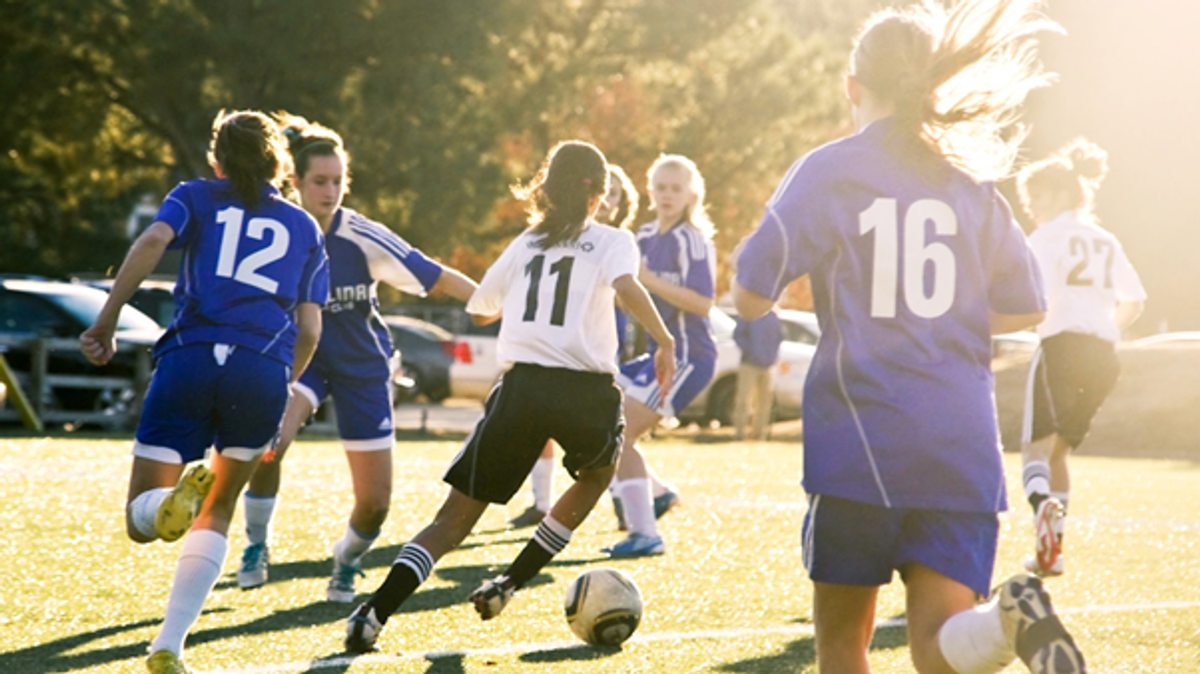Wellbeing Corner

How Does Exercise
Affect Mental Health
and Wellbeing?
Physical activity promotes many aspects of child and adolescent development, including social and emotional skills, as well as physical development of motor skills.
Active play also helps improve classroom behaviour and promotes a more positive learning environment.
Physical activity can also manage symptoms associated with hyperactivity and inattention. We know that high levels of inactivity can lead to a greater risk of both physical and mental health problems.
Early learning services and schools provide many opportunities for children and young people to join in physical activity, through both structured activities like formal classes or team sports and spontaneous play. This is particularly important for children and young people who have limited opportunities to be physically active at home or in their community.
There are many positive links between physical activity and mental wellbeing.
Physical Activity:
- can increase levels of serotonin and endorphins; the neurotransmitters involved in regulating and improving mood
- promotes sleep – which also helps regulate moods, increase energy levels and improve memory and learning
- increases the connections between the brain neurons, which improves memory and learning capacity
- pumps blood to the brain to boost mood, concentration and alertness
- promotes relaxation by reducing skeletal muscle tension
- provides children and young people with an outlet for excess energy and frustration, which relieves tension
- provides an opportunity for children and young to socialise and meet new people, reducing loneliness and isolation
- improves motor and cognitive skills, which boosts self-esteem
- distracts children and young people from negative thoughts.
The Australian 24-Hour Movement Guidelines for the Early Years recommendations are as follows:
- Young people (13-17 years): at least 60 minutes of moderate to vigorous intensity physical activity every day.
It’s concerning that the number of children and young people meeting these guidelines decreases with age, particularly as mental illnesses often emerge in late childhood and early adolescence. The percentage of teenagers meeting current guidelines is 7.9% of 13 to 17 year olds.



